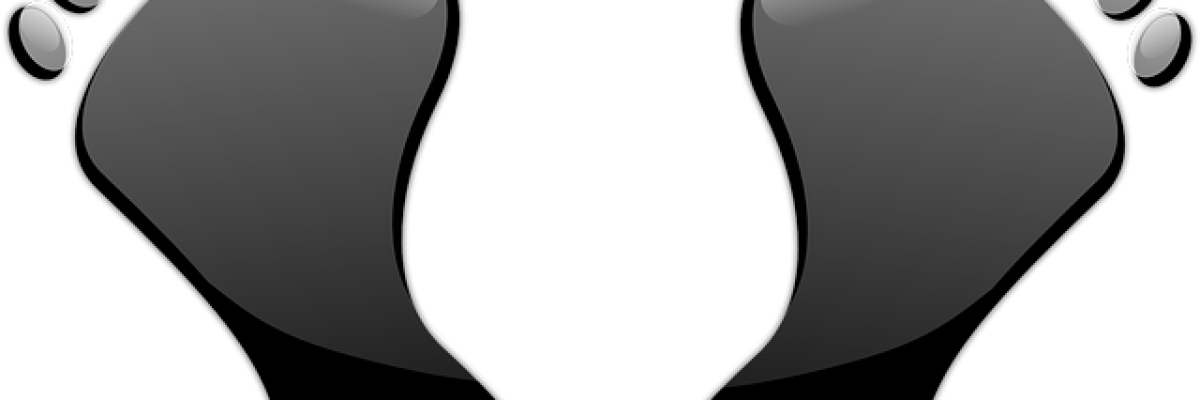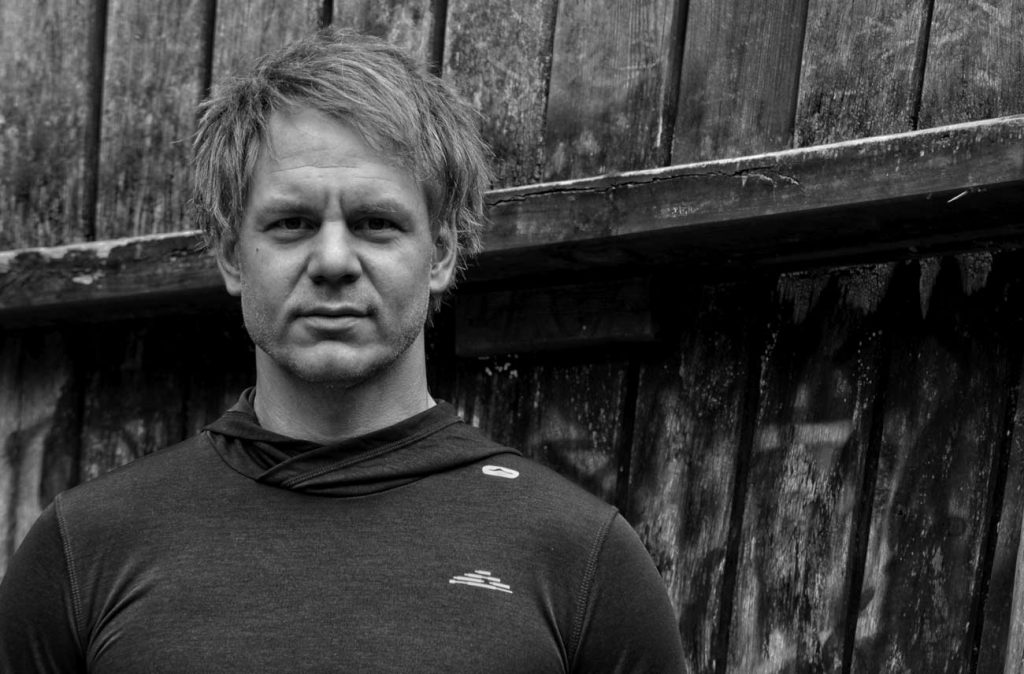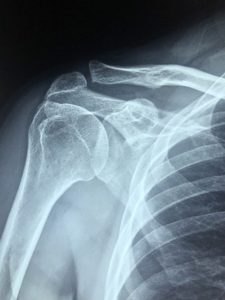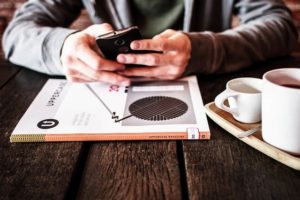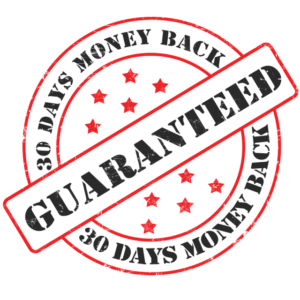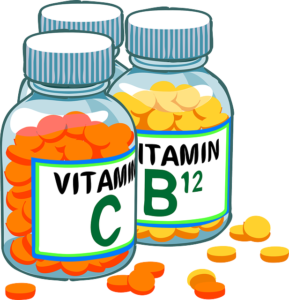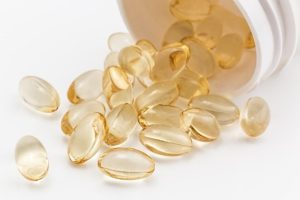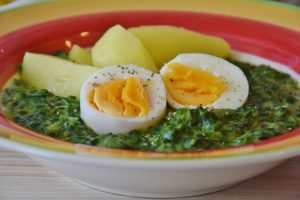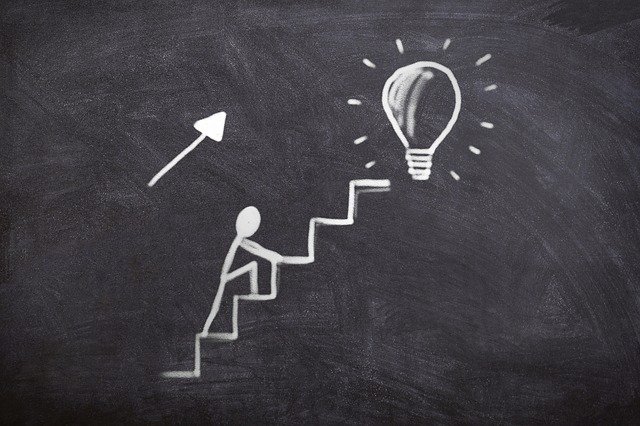The pain relieving expert will be asked again today about the topic: – pelvic obliquity, i.e. an imbalance in the hip. “How does this affect you? And what solutions do you have?”
“Last week we already talked about the origin of pelvic obliquity and most recently about the pain caused by pelvic obliquity. ”
Link to Part 1: https://www.facebook.com/flowmotionIreland/posts/878542406060244
And you said that the pain is not a direct result of a shortened leg or a crooked posture. But what is the cause, from your point of view?
“The brain measures tension and traction at all times and then assesses whether that tension is threatening the internal structure. If this is the case, an alarming pain is sent to the affected region to prevent the person from the “destructive” action by pain switching. If the tension were now reduced, projecting the pain would no longer be necessary.”
“In very rare cases, pelvic tilt is anatomical. In a remarkably high percentage of cases, it is trained over years. And even then, relief can be achieved by reducing the tension.Conventional approaches to the treatment of pelvic obliquity have a decisive weakness: they neglect the causes.
Thus, orthopaedic aids or operations pursue the goal of eliminating the symptoms and containing the effects of a tilted pelvis as much as possible. However, the muscular-fascial overloads remain present. Many sufferers therefore experience a nasty surprise when the pelvis suddenly begins to tilt again after an operation or without the beloved orthotics. In the worst case, everything is then much worse than before.
Let’s take a closer look at the “number 1 saviour” – the insoles. Anything that artificially supports the body makes it dependent and weak. When the muscles and fascia notice the rest, already weakened areas break down even more. As a result, shortenings and unhealthy body postures are really concreted, and in some cases new ones are added.
For children in particular, the “support” provided by insoles is fatal: once the body has become accustomed to the wrong height setting, the problems only begin. As soon as the person concerned does without the aids in adulthood, the shortening and overstretching of the muscles becomes all the more pronounced.
The quickest way to tackle pelvic obliquity and pain is to see an expert. https://mattireimer.ie/booking/
The equally valid way to support oneself without external support is to reposition the joint supports in the hip. The stretching of the gluteus should also not be forgotten. Under certain circumstances, the additional stretching of the psoas major and iliopsoas can bring a decisive advantage here. “
Summary: Shortcuts by the knowledge of an expert.
Alternative: 15 min Free Call with the pain expert (Book A Free 15, on my website.)

